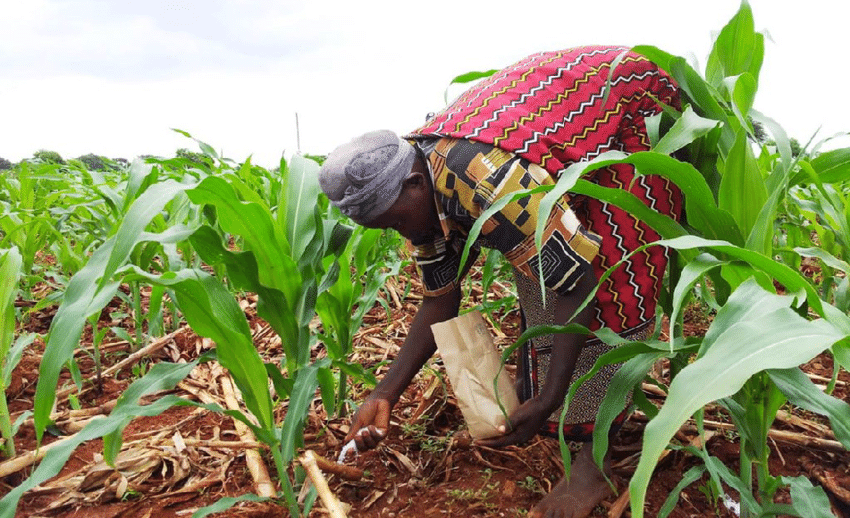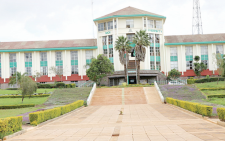Relief for farmers, consumers as long rains fall after long dry spell

Most parts of the country received rains mid this week after a long dry spell that had resulted in a majority of water sources in the country to dry up.
On Wednesday night, heavy downpour was experienced in Nairobi, Central Rift Valley and Eastern region of the country.
In Nairobi motorists were caught up in traffic jams following the heavy rains that started at around 10pm.
More than half of the country has suffered from severe drought leading to low food supply coupled with high prices contributing to high cost of living.
Good times
The rains are expected to help in easing the cost of most food prices, particularly vegetables and potatoes which have been in short supply in recent months.
“The start of the rains spells good times ahead as the cost of food is expected to decrease in the next few months. Majority of the farmers will start planting,” said Joseph Korir, a maize farmer in Nakuru County.
Kenya Meteorological Department early this week released a seven-day weather forecast indicating rainfall will be received over the highlands East and West of the Rift Valley, the Lake Victoria Basin, the South and Central Rift Valley.
Between today and Monday March 21, rainfall is expected over several parts of the country.
The agency stated that isolated storms are expected over some parts of the highlands East and West of the Rift Valley, the Lake Victoria Basin, the South and Central Rift Valley, the South-eastern lowlands, North-eastern and North-western Kenya.
Rainfall is expected over the Highlands East and West of the Rift Valley, the Lake Victoria Basin, the South and Central Rift Valley and North-western Kenya as well as over some parts of the Coast and North-eastern Kenya.
In the north of the country and other arid and semi-arid lands (ASALs) farmers lost their vegetation and livestock.












